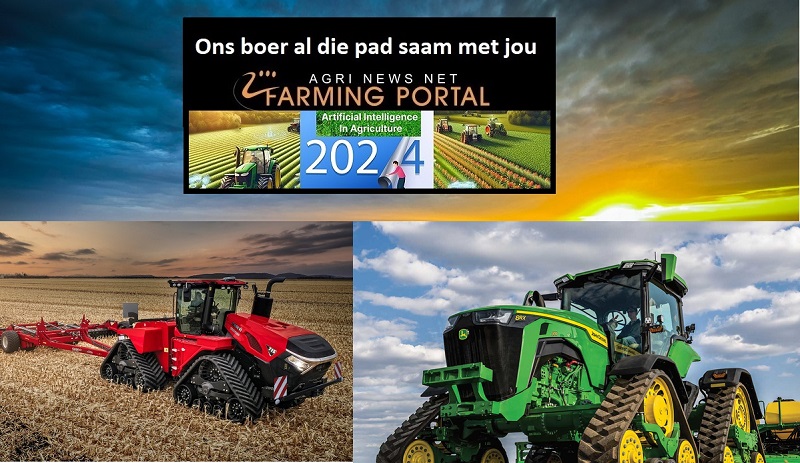Gen Z’s prefer basic and mainly sweet, palatable, budget-friendly wines. They like red, rosé and white wines that win awards and have eye-catching labels, as they believe these enhance their image.
They engage with wine content via social media, online media and content from wine influencers and celebrities. They tend to purchase and consume wine on the same day or within a few days.
The young Gen Y-ers also prefer red, white and rosé wine, yet a drier style of wine. They are influenced by the wine labels and previous visits to wine farms.
They are interested in recommended pairings and tasting notes – making them adventurous in experimenting with various combinations. They are price-sensitive, yet due to their preferred style, it seems they are willing to spend more. They tend to purchase and consume wine within a week or two.
The mature Gen Y-ers have an increased preference for dry-style wines, mainly red wines and some white varietals. They are less price-sensitive, yet tasting notes and the grape variety remain important.
They are more inclined to buy wines with awards, making them aspirational for “good-quality” wines. They tend to consume wine more slowly, usually within a month of buying it.
The Gen X-ers have a clear preference for dry-style wines, especially red and white. They are more aware of the wine varietals they consume and tend to purchase and consume wines from wineries they have visited.
 The Top 10 Most Exciting New Wine Trends
The Top 10 Most Exciting New Wine Trends
Tasting notes and wine production regions become essential aspects of the label. They seek information about wines and are less concerned about how wine is marketed, presumably because of their experience and explicit preferences for varietals and vineyards. They purchase and consume wine at greater volume and consume it within a month.
The Baby Boomers prefer drier-styled wines with red dominating, yet an uptake in white is noticeable. They like a more comprehensive range of wine varietals and buy wine from wineries or vineyards they have visited before. They tend to be “set” in their ways and rely on their own experience above that of others.
They seem to seek familiarity in their wine-purchasing behaviour. The grape variety and wine producer or vineyard are important purchasing factors.
Baby Boomers tend to purchase at a greater volume and take a month or more than a month to consume it. Some price sensitivity is observed, possibly owing to experience and knowledge that “good” wine need not be expensive.
Some more facts
According to the study, South Africa is one of the oldest “new world” wine-producing countries, and wine is of great economic and cultural significance to some.
The country is the seventh largest wine-producing country in the world, boasting 546 wineries.
In addition, there are 22 wine routes, with Route 62 being the longest wine route in the world.
South Africa accounts for 60% of Africa’s wine consumption but is largely considered an export-orientated country.















